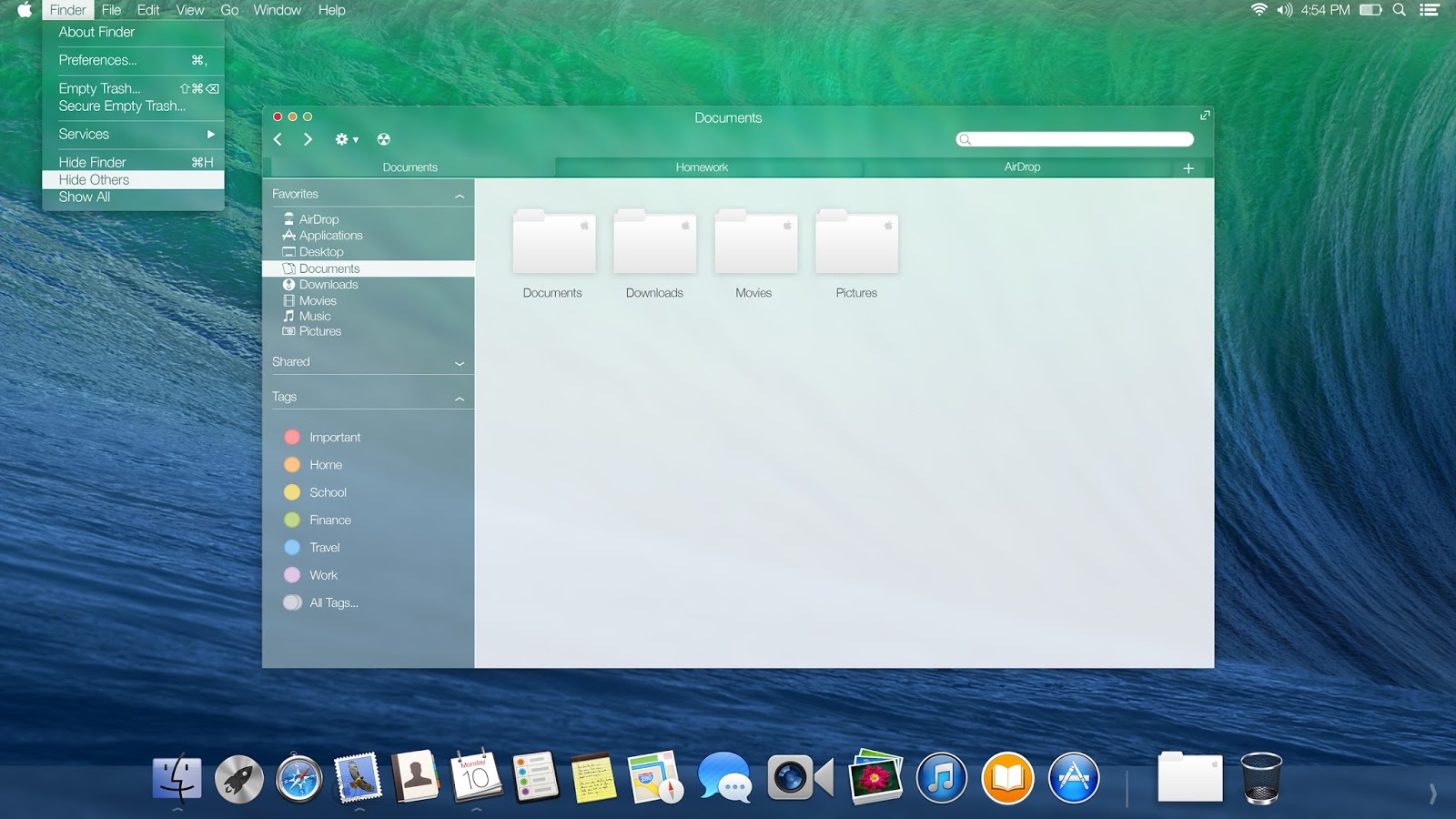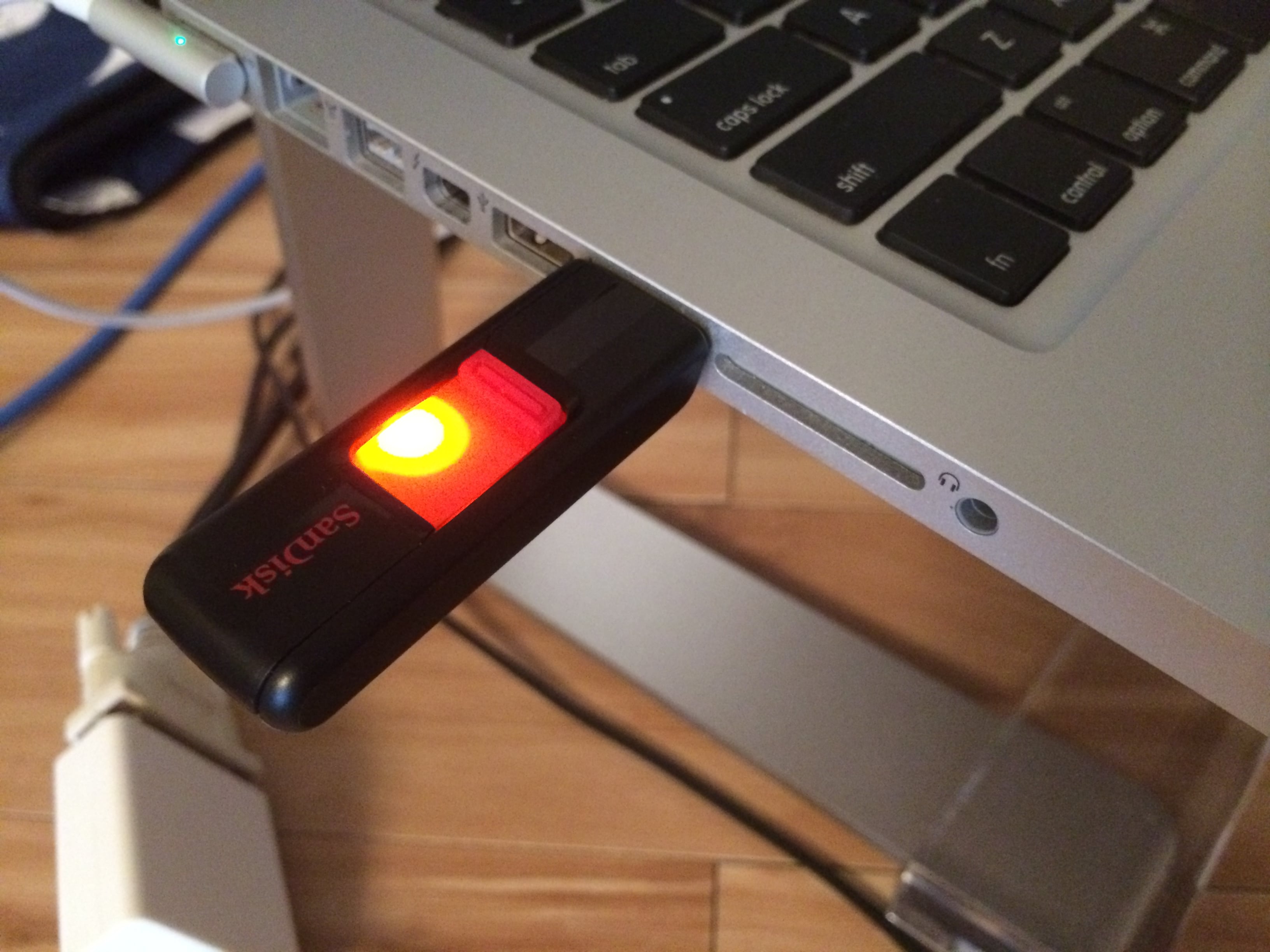
If I had to pick a favourite new feature for OS X Mavericks, the improved multi-monitor support would definitely be it. Wireless displays never really took off as dedicated accessories, but this could be a huge help in terms of making it a more accessible technology for use in education and business in particular. This is again a huge benefit, since it could allow people who otherwise don’t have access to multiple screens a temporary second display via their television. If you regularly run a multi monitor setup, as I do, this changes everything – it has all the benefits of using multiple computers independently, combined with all the benefits of sharing common media files and system resources.Īnother multi-monitor addition is the ability to use AirPlay-connected screens to extend your desktop wirelessly, via screens attached to an Apple TV, for instance. But Apple didn’t stop there they also made it so that you can finally have menu bars and docks on each of your other screens, instead of just on one as was the case with previous iterations of OS X. Mavericks makes it so that you can have an app take over one screen, but leave your others untouched, which is a huge improvement. The big problem was that while it was nice to be able to set an app to take over entirely, you lost out on the other benefits of desktop computing, like having access to multiple monitors at once. Multi-monitor supportīack in OS X Mountain Lion, Apple introduced a full-screen feature for apps that allows them to take over the desktop entirely, which is again something that resembles a mobile OS feature. It’s another thing that’s been inherited from mobile computing paradigms, but also another very useful small addition. Then, you can also quickly switch over to that Tab to see the collection you’ve just created all in one place.Īlso new to Finder is a sharing menu that allows you to send files directly to iMessage, AirDrop, email, Twitter, Facebook and Flickr. You can open a tab for any of your Tags, for instance, and then drag content from one your other tabs to that one to assign them different Tags.
#New os x mavericks windows
Drag-and-drop files and folders between tabs, and cut down on the clutter you normally accumulate by having multiple Finder windows open to move files between and to make it easier to find things in different folders.Ĭombined, Tabs and Tags make a powerful team. You can open any folder in a new tab just by right clicking, and open new tabs that start at your “All My Files” view just by hitting Command+T. Still, those used to the mechanic on web browsers will find it handy for navigating files, too. The next step could be auto-tagging, but for now, I think this is a seed that’s being planted for a small group of really dedicated organizers who’ll get the most use out of it.Īs for tabbed browsing, it’s again a feature that will probably be ignored by a large number of users. Perhaps the nicest tag feature is that you can simply drag files to your tags in the sidebar of your Finder window to assign them that tag, which is very convenient. For tagged documents and media, it’s irrelevant where they reside, which does away with the notion of “location” in virtual space altogether. I still think Apple would eventually like to move beyond a traditional file structure entirely on OS X, the way it has done on iOS, and Tags could be a beginning step towards helping make that transition. That means you can make ones for any group of content you want to be able to quickly call up regardless of where they’re resident on your drive. By default, OS X Mavericks provides a number of different coloured tags for you to use, but if you want to customize you can also create your own. Tags offer a way to group files beyond where they reside on your computer, and really offer a big improvement over and above what’s possible with folder structures, the traditional organization method for desktop operating systems.
#New os x mavericks update
But they represent exactly the kinds of refinements that Apple is embracing with its update strategy in Mavericks: namely, fixing small things that have been missed considerably by the small group of people who want them.

neither feature is an absolute necessity for a desktop operating system, and in fact they’ll likely appeal more to power users than to anyone else.

The updated Finder in Mavericks offers a lot of advantages over the old version, including tabbed browsing and new tags for better organization of files and media.

The changes Apple has made are for the better, though, and since it’s free, there’s no reason not to take advantage of all that great new stuff.
#New os x mavericks mac
Mavericks is a surf beach in California, and the operating system that takes its name definitely represents a new wave in Mac software, even though it isn’t a drastic change from OS X 10.8. OS X Mavericks, the first of Apple’s post-big cat OS updates, is named for one of the nicest spots on Earth.


 0 kommentar(er)
0 kommentar(er)
